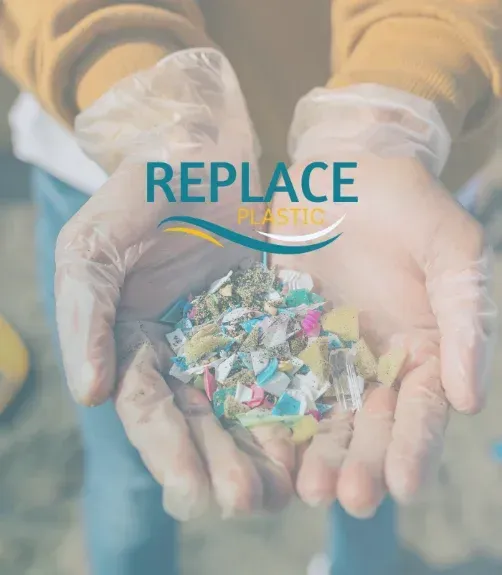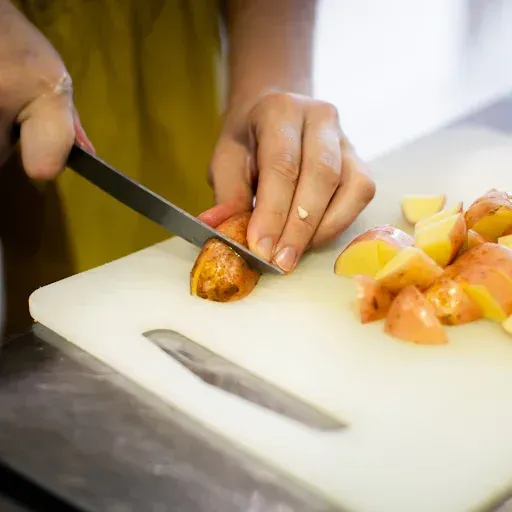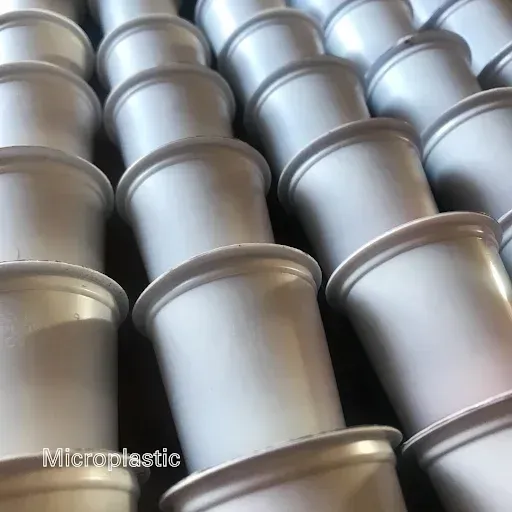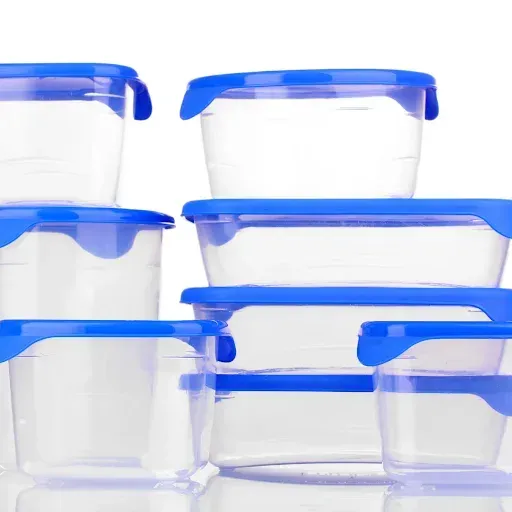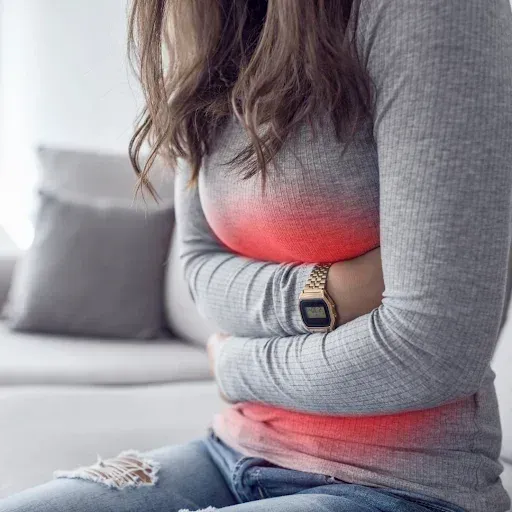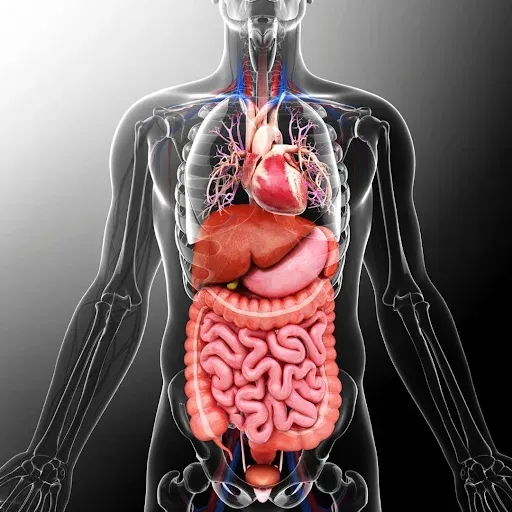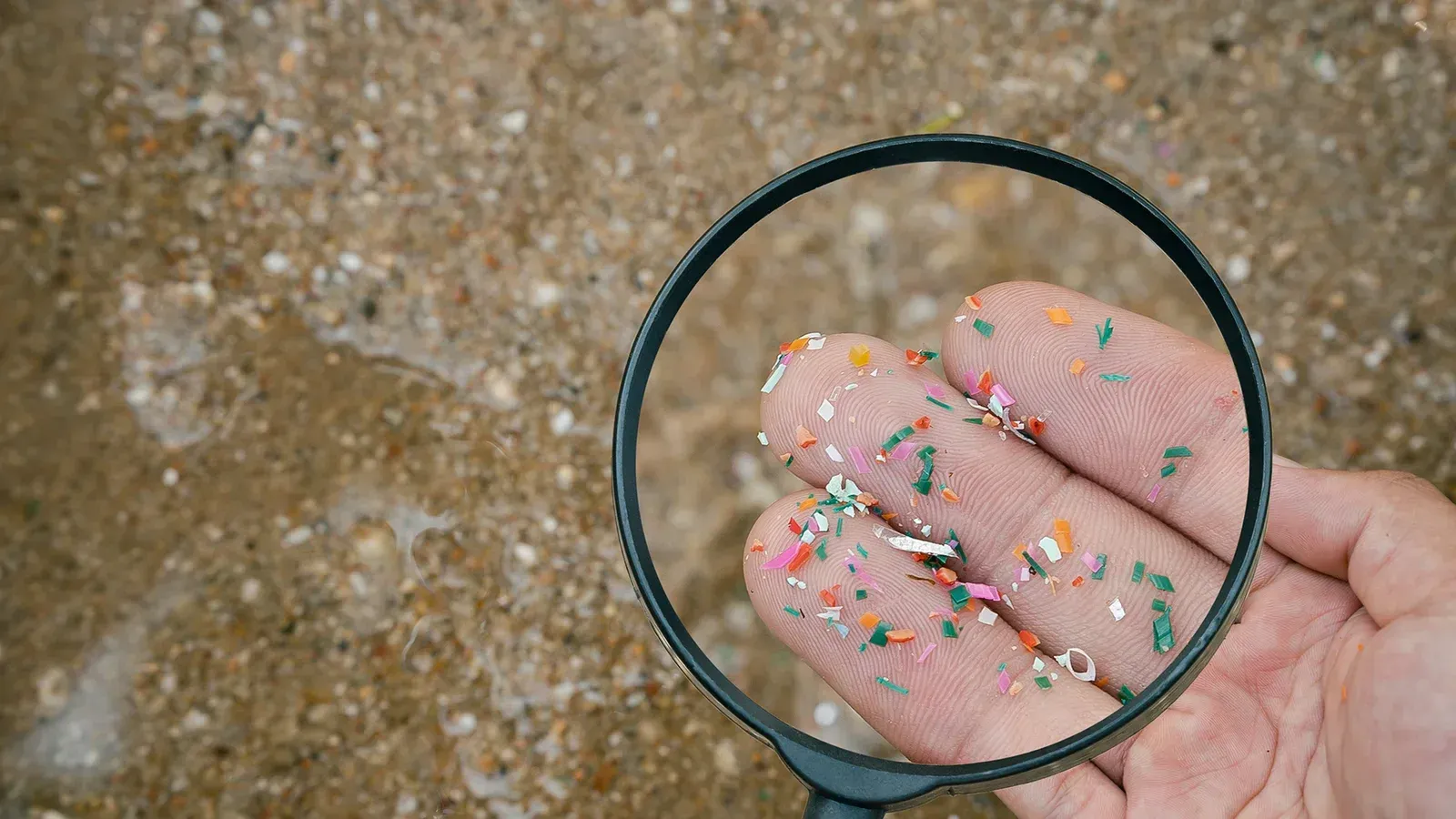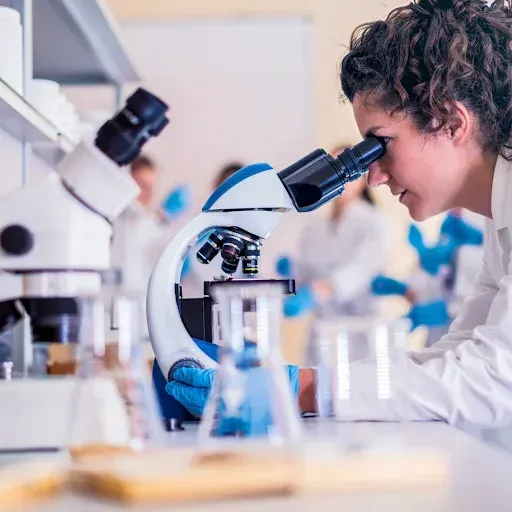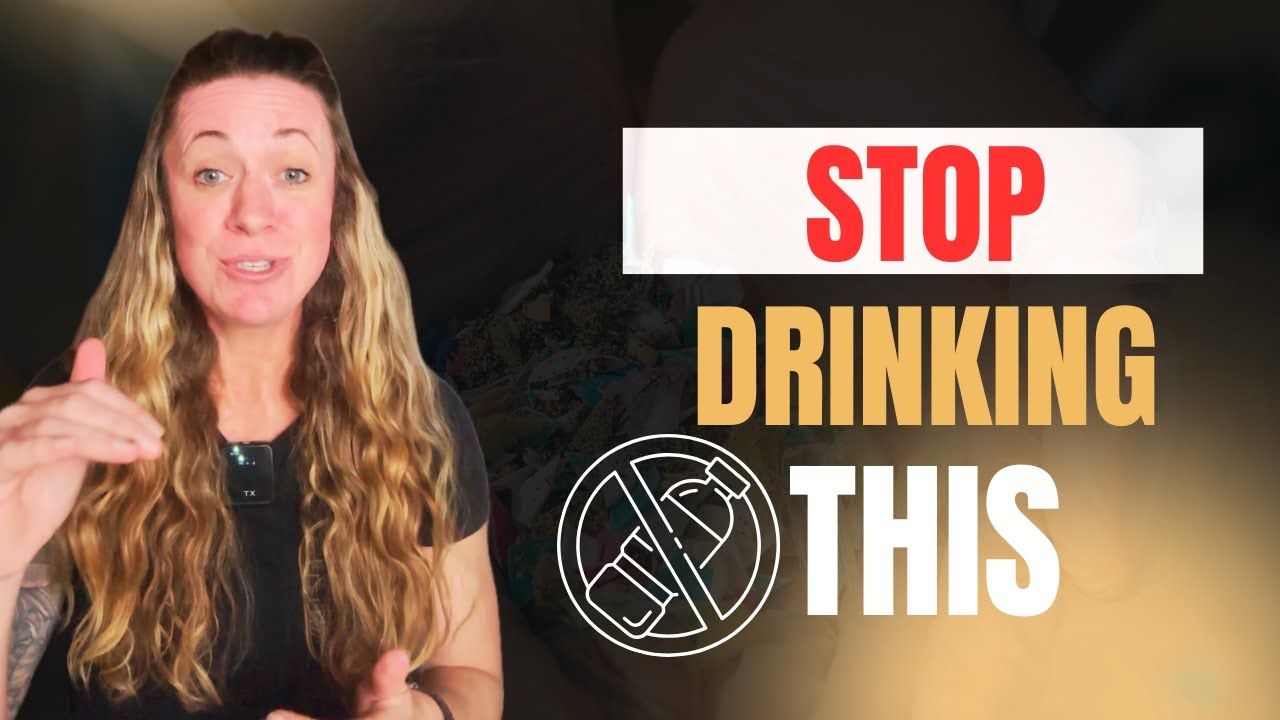The Best Non-Toxic Pan I’ve Found (And Why It’s Worth It)
Affiliate Disclosure: This article contains affiliate links. If you purchase a product through these links, we may earn a small commission at no extra cost to you. Check out our complete Replace Plastics Top Picks for more eco-friendly alternatives.
In our quest for healthier living, one crucial area often overlooked is the cookware we use in our kitchens. Today, we are diving into an exciting unboxing of a new frying pan that promises to be a safer alternative in the fight against microplastic exposure. This isn't just any frying pan; it's specifically designed to be free from harmful chemicals, making it a great addition to any kitchen. Let's explore the details.
Table of Contents
- Why Make the Switch?
- Introducing the Original Green Pan
- Quality Matters
- Making the Change: One Swap at a Time
- Engage with Us
- Frequently Asked Questions
- Conclusion
Why Make the Switch?
When it comes to cookware, many of us may assume that if a pan is labeled "Teflon-free," it is safe. However, a shocking statistic reveals that about 80% of frying pans still contain “forever chemicals,” known as PFAS (Per- and Polyfluoroalkyl Substances). These chemicals can leach into our food when heated, posing health risks that we can't ignore.
Microplastics are tiny plastic particles that can enter our bodies through various means, including food prepared in contaminated cookware. By making simple swaps in our kitchen, we can significantly reduce our exposure to these harmful substances. The pan we are unboxing today is a great starting point for anyone looking to detox their kitchen.
Introducing the Original Green Pan
After extensive research, I decided to go with the Original Green Pan. This product checks all the boxes for being plastic-free and free from forever chemicals. It features a ceramic nonstick surface that is devoid of PFAS, PFOAs, lead, and cadmium. When selecting a frying pan, it's crucial to consider these factors to ensure you're making a safe choice for your family.
To help you in your search, I've compiled a list of various pans available on our website, replaceplastic.com. This list includes options such as non-stick pans, ceramic pans, stainless steel, and cast iron cookware. Each option is curated to meet different aesthetic and functional needs.
What to Look For in Cookware
When you're on the hunt for new cookware, here are some essential materials to consider:
- Cast Iron: Known for its durability and excellent heat retention.
- Stainless Steel: Highly versatile and doesn't react with acidic foods.
- Ceramic: Offers a non-stick surface without harmful chemicals.
As you shop, ensure that the products state they are free from PFAS and similar chemicals. However, it's essential to note that just because a product claims to be free from certain chemicals doesn't guarantee it is entirely safe. This is why we've done the research for you, so you can shop confidently.
Quality Matters
In our household, frying pans are our go-to for cooking nearly every meal. From sautéing vegetables to browning meats, these pans see a lot of action. The Original Green Pan feels solid and high-quality right out of the box, which is crucial as it will be used frequently.
After we've had a chance to use it, I will provide a follow-up review to share my experience with this product. For now, I am optimistic about its performance based on the initial quality assessment.
Making the Change: One Swap at a Time
Detoxing your kitchen doesn’t have to be an overwhelming task. Start small by replacing one piece of cookware at a time. In my journey, I began with items that I suspected were releasing the most microplastics into my home. As I became more comfortable with each swap, I moved on to more advanced changes.
For instance, consider pairing your new frying pan with a stainless steel or wooden spatula. This simple addition can further reduce the risk of introducing harmful substances into your food.
Why It's Important
The health implications of PFAS exposure are concerning. Research has linked these chemicals to various health issues, including:
- Hormone disruption
- Weakened immune response
- Certain cancers (e.g., kidney, testicular)
- Elevated cholesterol levels
- Liver damage
- Developmental issues in infants and children
By choosing safer cookware, we are taking proactive steps to protect our health and the health of our loved ones.
Check Out Our Plastic-Free Alternative Top Picks!
Engage with Us
If you're interested in making these swaps in your home, be sure to like and subscribe for more updates. I'll be sharing my journey as I explore various products and practices aimed at reducing microplastic exposure in our daily lives. Your feedback and engagement are invaluable as we navigate this journey together!
Frequently Asked Questions
What are PFAS and why should I avoid them?
PFAS are a group of man-made chemicals that have been linked to various health issues. They are often called "forever chemicals" because they do not break down easily in the environment or human body. Avoiding them can help reduce health risks.
Is ceramic cookware safe to use?
Yes, ceramic cookware can be a safe alternative as long as it is free from harmful chemicals like PFAS and PFOAs. Always check the labels when purchasing.
Are there other ways to reduce microplastic exposure in my kitchen?
Yes! In addition to swapping out cookware, consider using glass or stainless steel storage containers, avoiding plastic utensils, and opting for natural cleaning products.
Conclusion
Making the switch to non-toxic cookware is a significant step towards creating a healthier home. The Original Green Pan is a fantastic option to consider, and I encourage you to explore other alternatives as well. Remember, it’s all about taking small, manageable steps towards a safer kitchen and home.
For more information and product recommendations, visit replaceplastic.com. Together, we can reduce our reliance on harmful chemicals and make healthier choices for our families.
